Tibetan children in Zanskar undertake a dangerous 180-mile trek through the Himalayas in search of education and a new life.
The Tibetans’ love for fat in the meat they consume is reflected in an idiom they use to express how much they love someone. Roughly translated into English, it goes, ‘you are the fat in my heart.’ Mothers often use this expression.
But not Tenzin Chemay’s mother. She combs her son’s hair quietly. She stops now and then, to cry. This might be the last time she will ever get to see her eight-year-old. Or comb his hair.
Tightly clutching his khada (Tibetan good luck scarf) in one hand, and his father’s arm in the other, Chemay sets off toward the mighty Himalayan peaks looming ahead. Half a day of walking later, Chemay will join a group of 15 children aged four to 12.
Together they will make the arduous trek from Zanskar to Manali, so that they can go to school and hope for a new life. This is the subject of the documentary Journey From Zanskar, directed by Frederick Marx (whose documentary Hoop Dreams was nominated for an Oscar in 1995).
Though filmed in 2004, Journey… is up for release only now as Marx was unable to get funds for its release.
Even yaks say no
Zanskar, a remote region in Jammu and Kashmir, is a special place for Tibetans. It is known for a form of Tibetan Buddhism that is ‘purer’ and older than even the one that is practised in Tibet today.
China’s Cultural Revolution during the 1960s destroyed many old monasteries and religious books in Tibet. But just across the border, in the seclusion of Zanskar, the religion has thrived. As have the monasteries, with the Stondge monastery dating back to more than 1,000 years.
But for now, these kids from Zanskar have to undertake a tough journey. Today, Geshe Lobsang Yonten, the monk who takes the kids across, lives in a monastery in Dharamsala. The journey, he explains, is necessary because the Tibetan identity in this region can die out.
“The only school in the area teaches Urdu and Hindi, and nothing about the Tibetan language, its culture and history.” So, in the documentary, Yonten handpicks 15 children for the journey to Manali, where they will study in a school that teaches Tibetan as well as modern subjects.
There are different routes to Manali. One can trek to Kargil, and then take a bus either via Srinagar and Jammu, or via Leh. The bus ride via Srinagar was unsafe because of the militancy. Assuming they could convince a bus driver to make the trip, the drive through Leh was treacherous due to the heavy October snow. Besides, the monks and the poor children couldn’t really afford a bus ride.
So they took the last option: the 180-mile long Shinku Pass route, in which they have to cross mountain passes at an altitude of 17,500 feet over a period of five days. The journey is dangerous because apart from the steep climbs, there is also heavy snow, which, every year, blocks all routes to and from Zanskar for eight months.
The conditions on the route are extreme. During daytime, the temperature hovers at minus 20 degrees. In the nights, the children huddle in small stone enclosures, too cold to talk. Even yaks refuse to carry the luggage, and horses sometimes throw off children from their backs. But the group persists.
Hey stranger girl
Fathers tie their children to their bodies and walk; some even wear pieces of cardboard cartons on their feet for further protection from the snow. And every time they spot the sun, the children cheer up.
Chemay on horseback discovers the rhythm of the hoofs and sings an old Tibetan song to its beat, “Hey stranger girl, come here awhile. I sure hope to see you again.” His voice echoes through the mountains.
Eventually, when trying to cross the Shinku Pass, they are forced to give up. The snowfall becomes too heavy. Some are unable to see due to snowblindness (caused by exposure to sunlight reflected by the snow). The next day, they are relieved they did not try crossing the pass. They learn of how a man who tried was found dead.
Yonten describes the journey, “We all knew it was going to be difficult. But the journey proved far worse. Both Marx and I started getting the sinking feeling that we would die, but we put up a cheerful front for the children.”
They group retreats but Yonten is determined to take the children across. So he collects enough money from the neighbouring monastery and convinces a bus driver to take them across via Leh. If they get stuck in the snow, the group will be unable to return home or head to Manali.
They remain afraid throughout the journey, but safely reach Manali.The perilous journey hasn’t put off Yonten. Last year, he took another four children from Zanskar to Manali. “This is my duty,” he says. “The Dalai Lama asked me in 2001 to help the poor of Zanskar, and to ensure that our culture is not wiped out from the region.”
As people learnt about this journey, many started contributing money. And last year, after the roads opened in July, enough money was collected to send the children via bus to meet their families in Zanskar.
Yonten says, “It took them four days to reach, and another four days to return. They couldn’t even stay in their homes for more than 12 days. But the parents were thrilled.” They would be, for they were seeing their children after five years. Chemay had grown tall and his mother couldn’t recognise him. “When she saw him read his books, she started crying.
Journey From Zanskar is being screened by the group Bombay Hub on August 30, 2010 at 7:30pm in Candelar Building, Bandra. For details, contact: 022 3222 0475
![submenu-img]() Meet man who once suffered loss of Rs 15 crore, then built Rs 2000 crore turnover company at 60, he is…
Meet man who once suffered loss of Rs 15 crore, then built Rs 2000 crore turnover company at 60, he is…![submenu-img]() 'They did her dirty': Aishwarya Rai fans criticise stylist for her 'failed art project' outfit on Cannes red carpet
'They did her dirty': Aishwarya Rai fans criticise stylist for her 'failed art project' outfit on Cannes red carpet![submenu-img]() Woman walks on the streets of Tokyo in saree, viral video shows people’s reaction
Woman walks on the streets of Tokyo in saree, viral video shows people’s reaction![submenu-img]() Blinkit offering ‘free dhaniya’ with vegetable orders, people now asking for free…
Blinkit offering ‘free dhaniya’ with vegetable orders, people now asking for free…![submenu-img]() Kartam Bhugtam: Shreyas Talpade-starrer is a riveting dive into the unknown
Kartam Bhugtam: Shreyas Talpade-starrer is a riveting dive into the unknown![submenu-img]() Meet PhD wife of IIT graduate hired at Rs 100 crore salary package, was fired within a year, he is now…
Meet PhD wife of IIT graduate hired at Rs 100 crore salary package, was fired within a year, he is now…![submenu-img]() Meet woman not from IIT, IIM or NIT, cracked UPSC exam in first attempt with AIR...
Meet woman not from IIT, IIM or NIT, cracked UPSC exam in first attempt with AIR...![submenu-img]() Maharashtra Board Results 2024: MSBSHSE class 10th, 12th results soon, know how to check results via SMS
Maharashtra Board Results 2024: MSBSHSE class 10th, 12th results soon, know how to check results via SMS![submenu-img]() Meet Indian genius who became world’s 'youngest' surgeon at 7, worked in IIT for...
Meet Indian genius who became world’s 'youngest' surgeon at 7, worked in IIT for...![submenu-img]() Meet Kashmir boy, who is JEE topper, wants to pursue Computer Science, he aims to clear...
Meet Kashmir boy, who is JEE topper, wants to pursue Computer Science, he aims to clear...![submenu-img]() DNA Verified: Is CAA an anti-Muslim law? Centre terms news report as 'misleading'
DNA Verified: Is CAA an anti-Muslim law? Centre terms news report as 'misleading'![submenu-img]() DNA Verified: Lok Sabha Elections 2024 to be held on April 19? Know truth behind viral message
DNA Verified: Lok Sabha Elections 2024 to be held on April 19? Know truth behind viral message![submenu-img]() DNA Verified: Modi govt giving students free laptops under 'One Student One Laptop' scheme? Know truth here
DNA Verified: Modi govt giving students free laptops under 'One Student One Laptop' scheme? Know truth here![submenu-img]() DNA Verified: Shah Rukh Khan denies reports of his role in release of India's naval officers from Qatar
DNA Verified: Shah Rukh Khan denies reports of his role in release of India's naval officers from Qatar![submenu-img]() DNA Verified: Is govt providing Rs 1.6 lakh benefit to girls under PM Ladli Laxmi Yojana? Know truth
DNA Verified: Is govt providing Rs 1.6 lakh benefit to girls under PM Ladli Laxmi Yojana? Know truth![submenu-img]() Aishwarya Rai Bachchan turns heads in intricate black gown at Cannes, walks the red carpet with injured arm in cast
Aishwarya Rai Bachchan turns heads in intricate black gown at Cannes, walks the red carpet with injured arm in cast![submenu-img]() Laapataa Ladies' Poonam aka Rachna Gupta looks unrecognisable in viral photos, amazes with jaw-dropping transformation
Laapataa Ladies' Poonam aka Rachna Gupta looks unrecognisable in viral photos, amazes with jaw-dropping transformation![submenu-img]() In pics: Taarak Mehta Ka Ooltah Chashmah actress Deepti Sadhwani dazzles in orange at Cannes debut, sets new record
In pics: Taarak Mehta Ka Ooltah Chashmah actress Deepti Sadhwani dazzles in orange at Cannes debut, sets new record![submenu-img]() Ananya Panday stuns in unseen bikini pictures in first post amid breakup reports, fans call it 'Aditya Roy Kapur's loss'
Ananya Panday stuns in unseen bikini pictures in first post amid breakup reports, fans call it 'Aditya Roy Kapur's loss'![submenu-img]() Remember Harsh Lunia? Just Mohabbat child star, here's how former actor looks now, his wife is Bollywood's popular...
Remember Harsh Lunia? Just Mohabbat child star, here's how former actor looks now, his wife is Bollywood's popular...![submenu-img]() Haryana Political Crisis: Will 3 independent MLAs support withdrawal impact the present Nayab Saini led-BJP government?
Haryana Political Crisis: Will 3 independent MLAs support withdrawal impact the present Nayab Saini led-BJP government?![submenu-img]() DNA Explainer: Why Harvey Weinstein's rape conviction was overturned, will beleaguered Hollywood mogul get out of jail?
DNA Explainer: Why Harvey Weinstein's rape conviction was overturned, will beleaguered Hollywood mogul get out of jail?![submenu-img]() What is inheritance tax?
What is inheritance tax?![submenu-img]() DNA Explainer: What is cloud seeding which is blamed for wreaking havoc in Dubai?
DNA Explainer: What is cloud seeding which is blamed for wreaking havoc in Dubai?![submenu-img]() DNA Explainer: What is Israel's Arrow-3 defence system used to intercept Iran's missile attack?
DNA Explainer: What is Israel's Arrow-3 defence system used to intercept Iran's missile attack?![submenu-img]() 'They did her dirty': Aishwarya Rai fans criticise stylist for her 'failed art project' outfit on Cannes red carpet
'They did her dirty': Aishwarya Rai fans criticise stylist for her 'failed art project' outfit on Cannes red carpet![submenu-img]() Kartam Bhugtam: Shreyas Talpade-starrer is a riveting dive into the unknown
Kartam Bhugtam: Shreyas Talpade-starrer is a riveting dive into the unknown![submenu-img]() Richa Chadha says Heeramandi co-star Sharmin Segal being trolled for her performance is 'audience’s right'
Richa Chadha says Heeramandi co-star Sharmin Segal being trolled for her performance is 'audience’s right'![submenu-img]() Meet only Indian actress whose film is competing for top prize at Cannes; not Aishwarya, Deepika, Kiara, Priyanka, Alia
Meet only Indian actress whose film is competing for top prize at Cannes; not Aishwarya, Deepika, Kiara, Priyanka, Alia![submenu-img]() How two heroines beat Rajinikanth, Vijay, Dhanush to give Tamil cinema's biggest hit of 2024; low-budget film earned...
How two heroines beat Rajinikanth, Vijay, Dhanush to give Tamil cinema's biggest hit of 2024; low-budget film earned...![submenu-img]() Woman walks on the streets of Tokyo in saree, viral video shows people’s reaction
Woman walks on the streets of Tokyo in saree, viral video shows people’s reaction![submenu-img]() Why Australians walk barefoot in public: Here’s the reason
Why Australians walk barefoot in public: Here’s the reason![submenu-img]() People in this country compete to see who’s best at doing nothing, here's why
People in this country compete to see who’s best at doing nothing, here's why![submenu-img]() Viral video: Influencer dressed as 'Manjulika' dances on crowded road, internet reacts
Viral video: Influencer dressed as 'Manjulika' dances on crowded road, internet reacts![submenu-img]() Viral video: Baby elephant receives 'Z-category security' during family nap in Tamil Nadu reserve
Viral video: Baby elephant receives 'Z-category security' during family nap in Tamil Nadu reserve












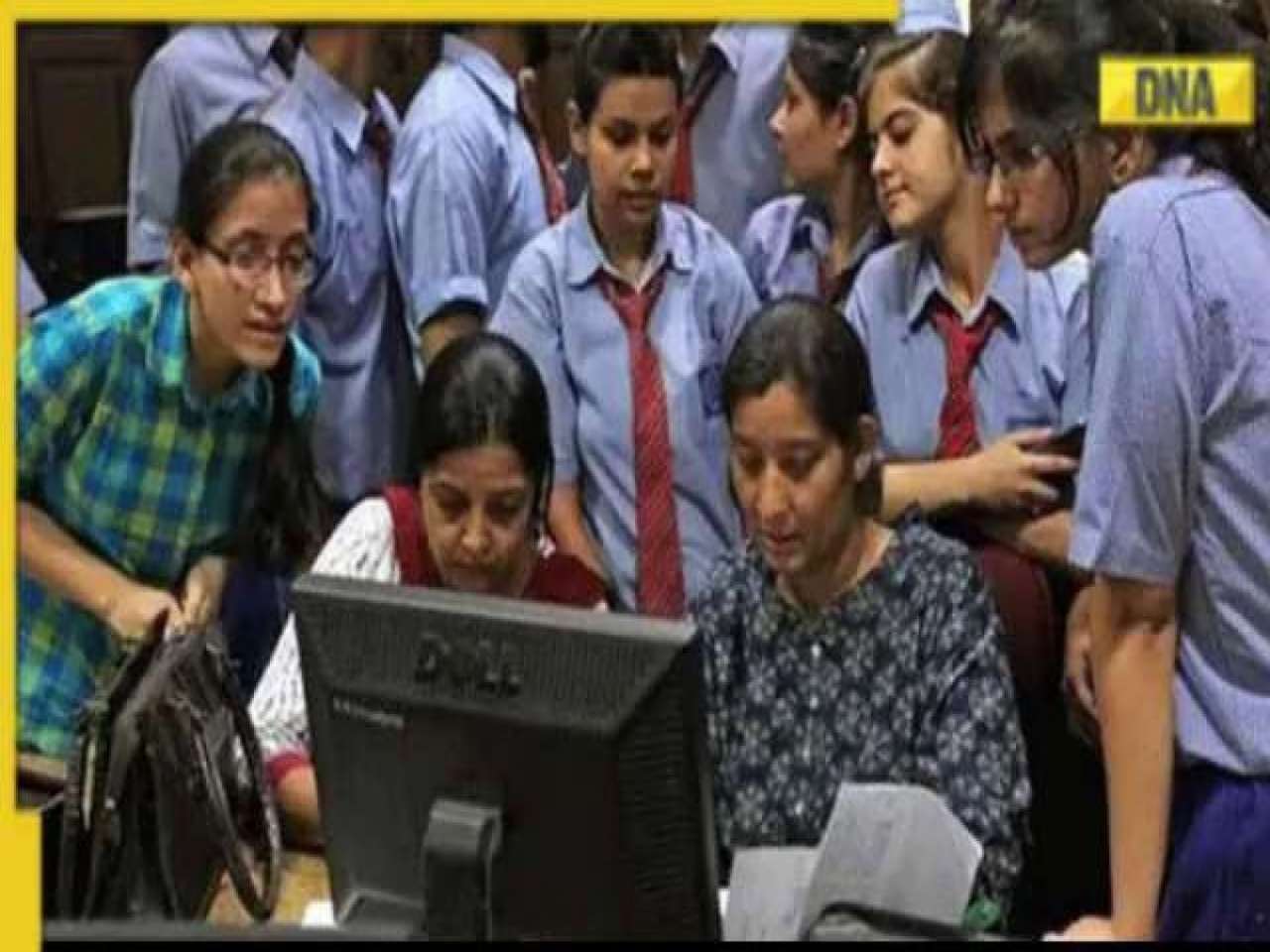

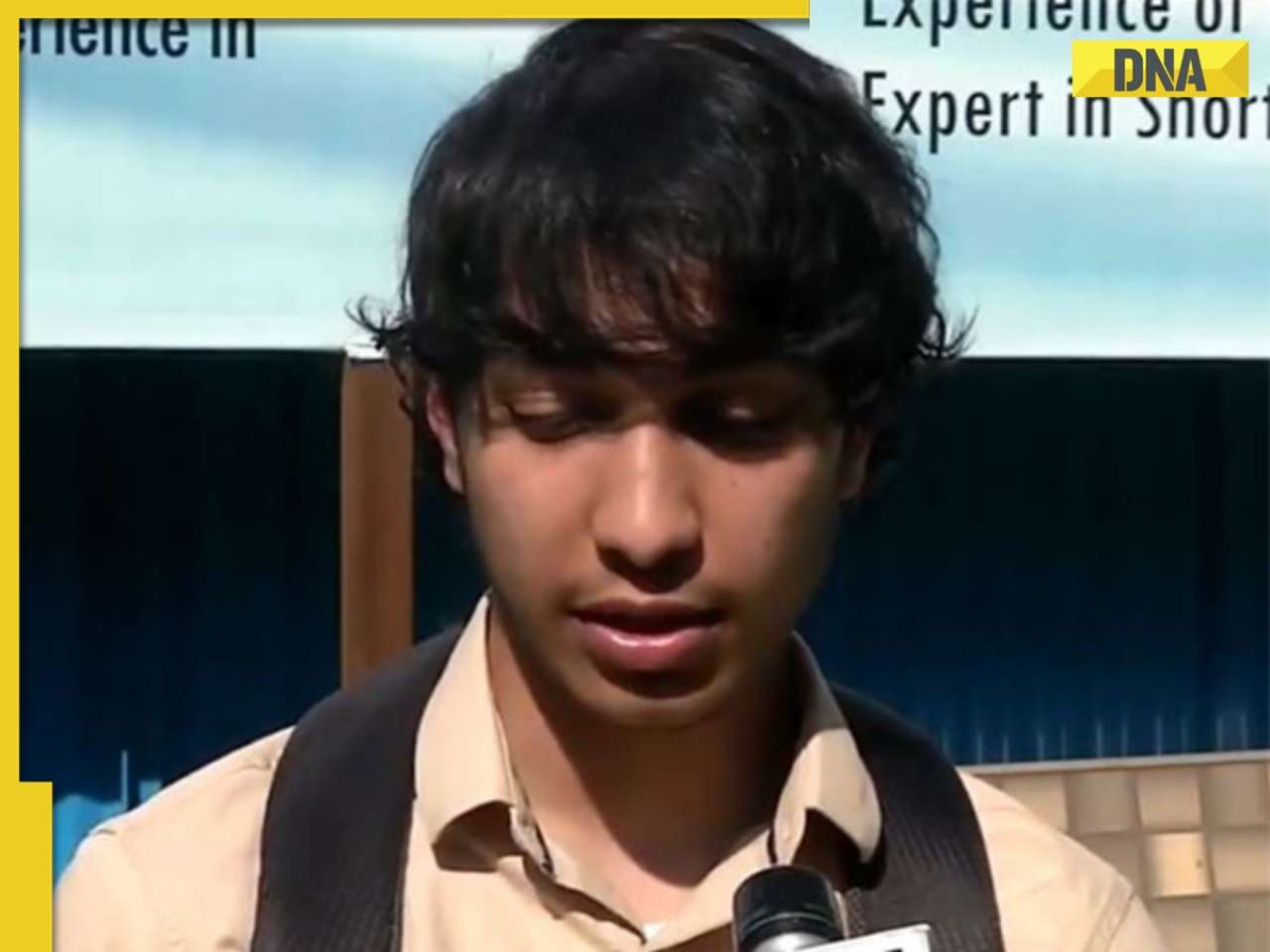
















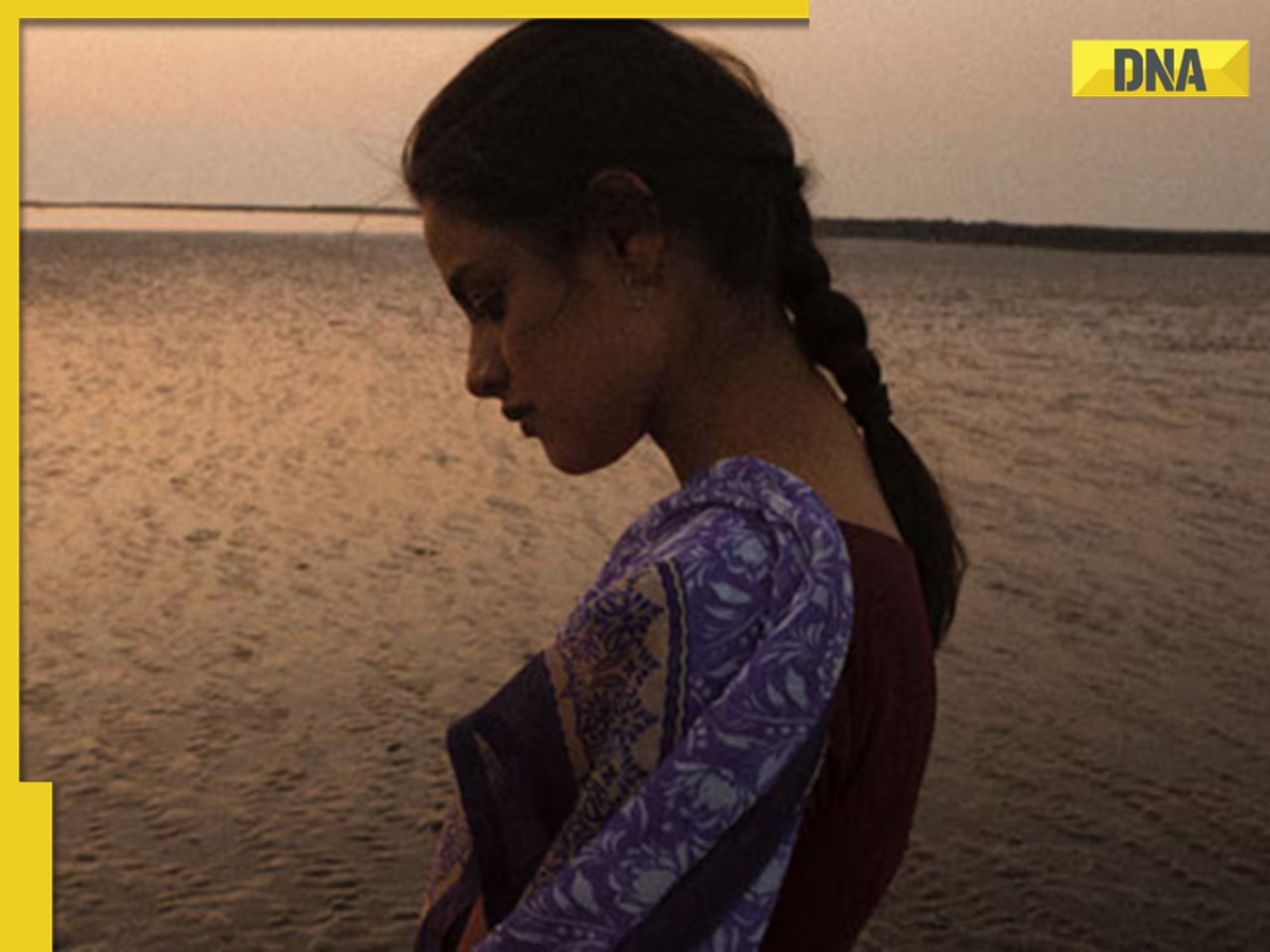


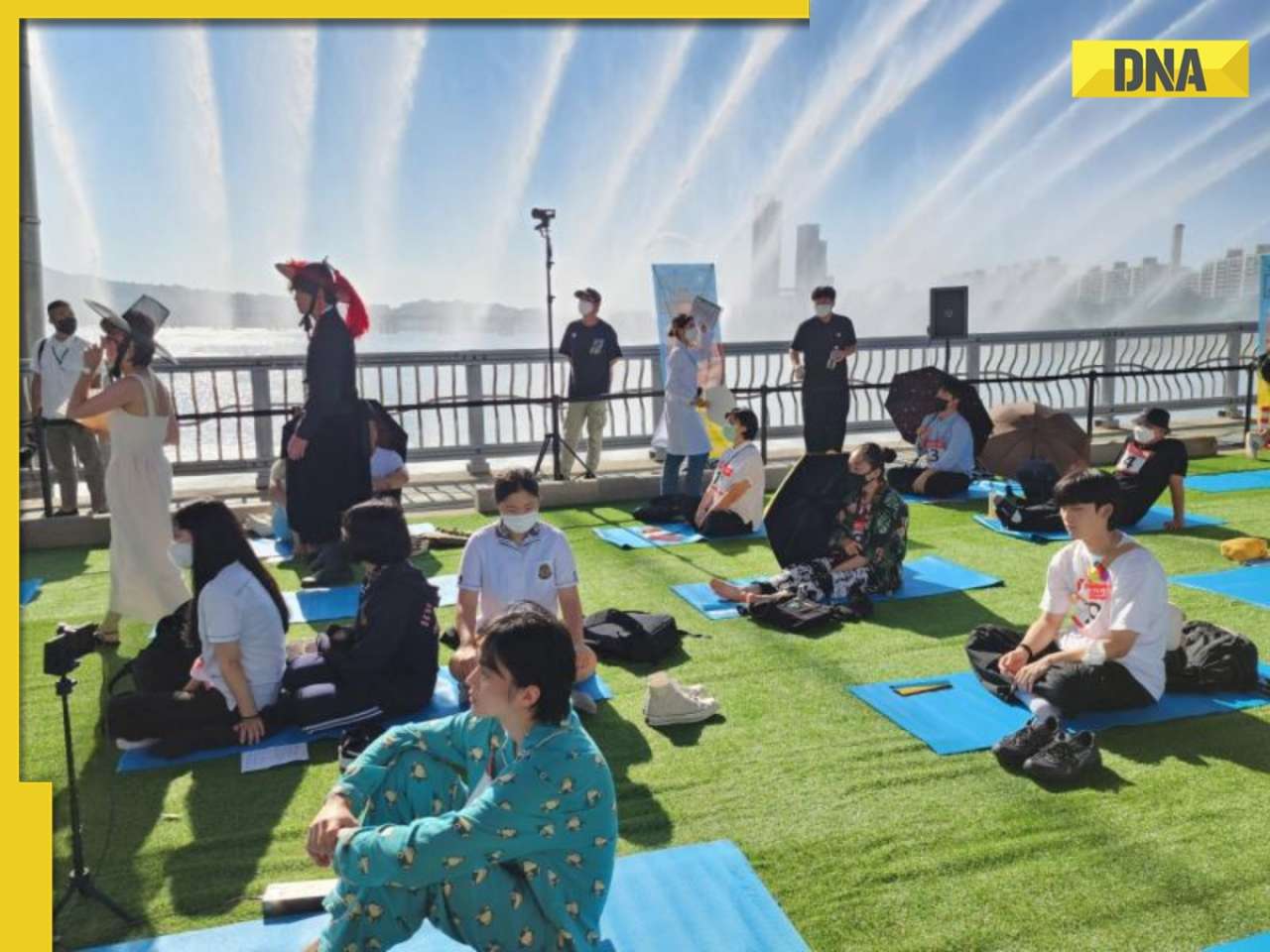
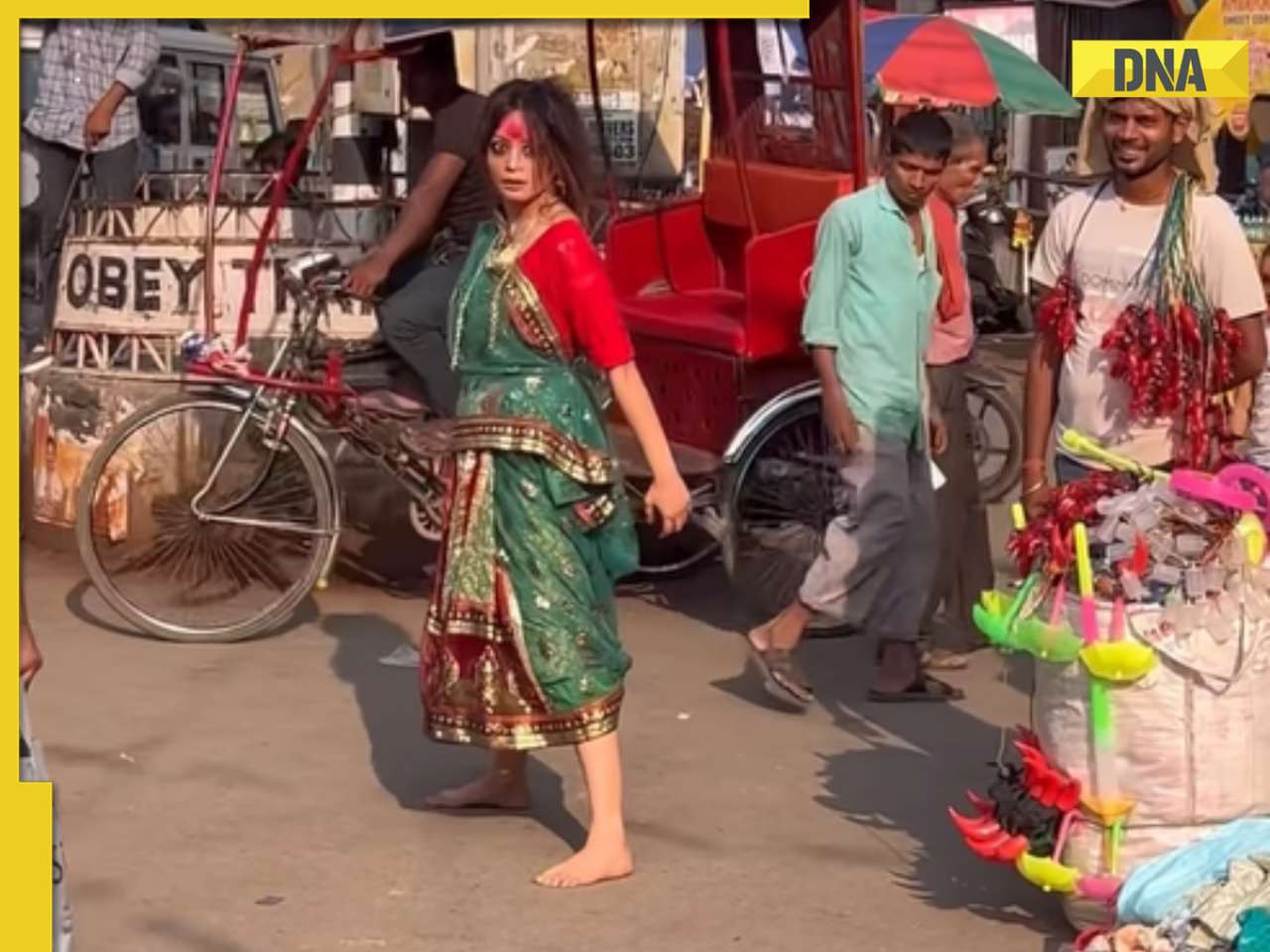
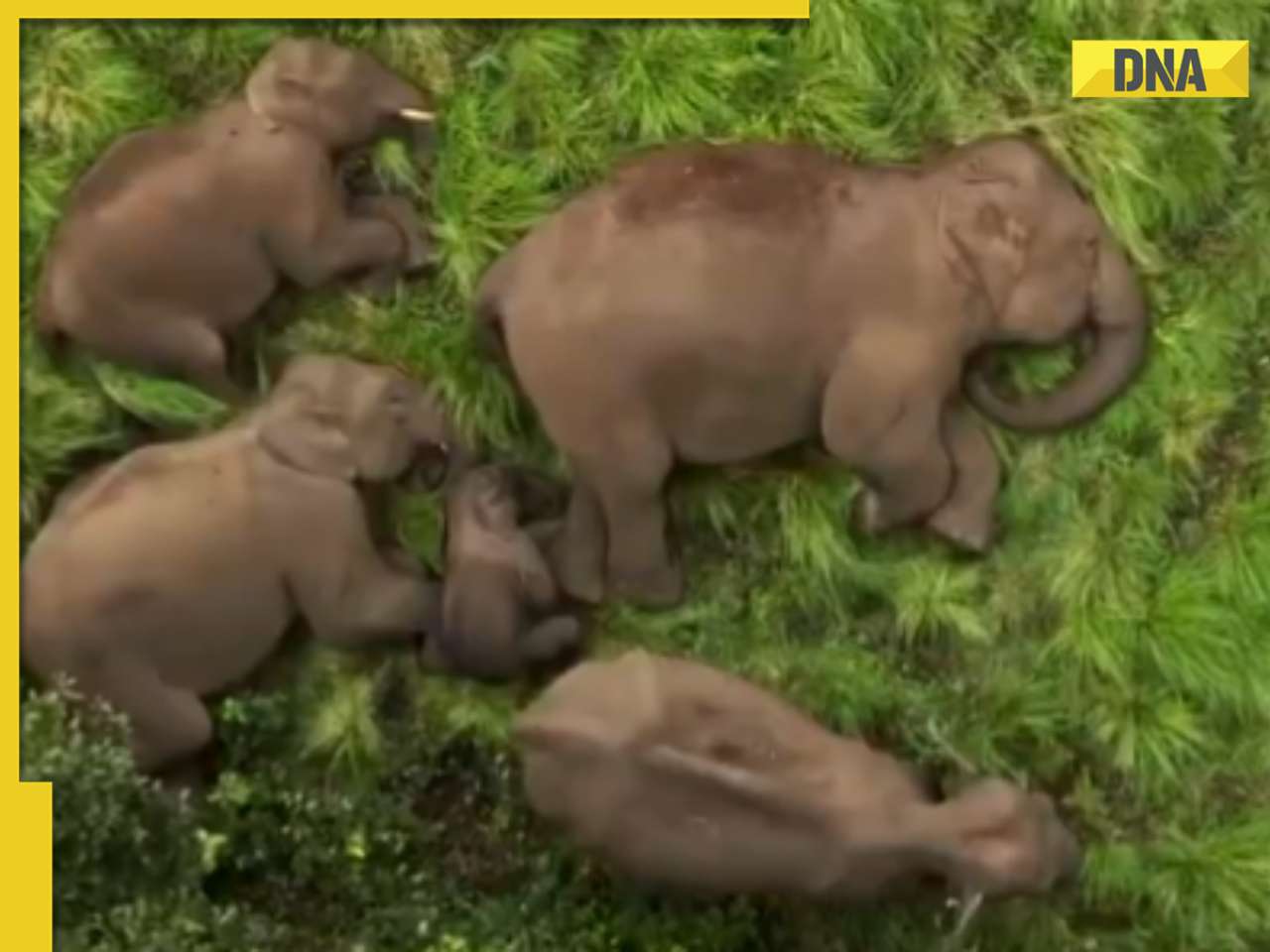



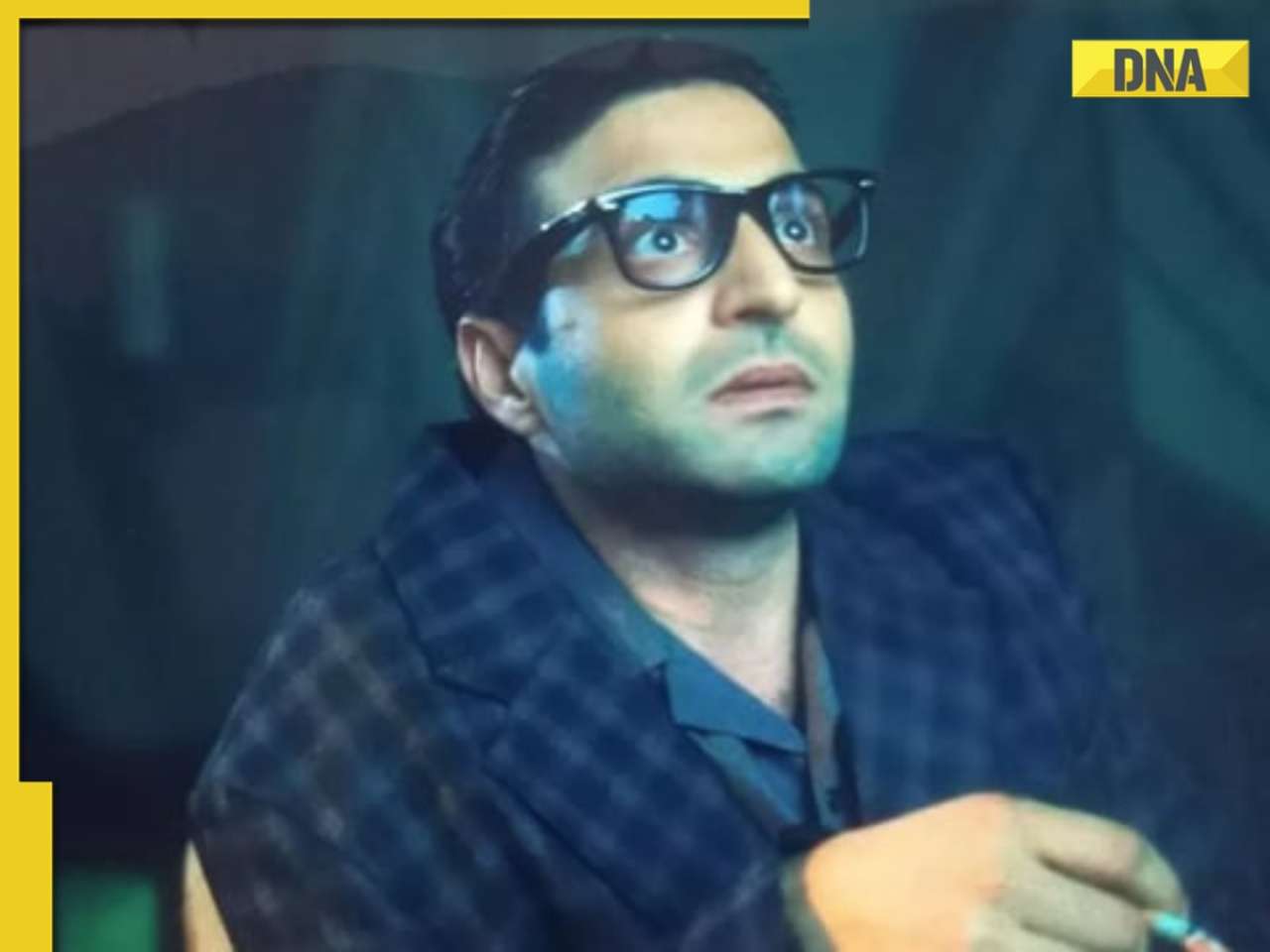










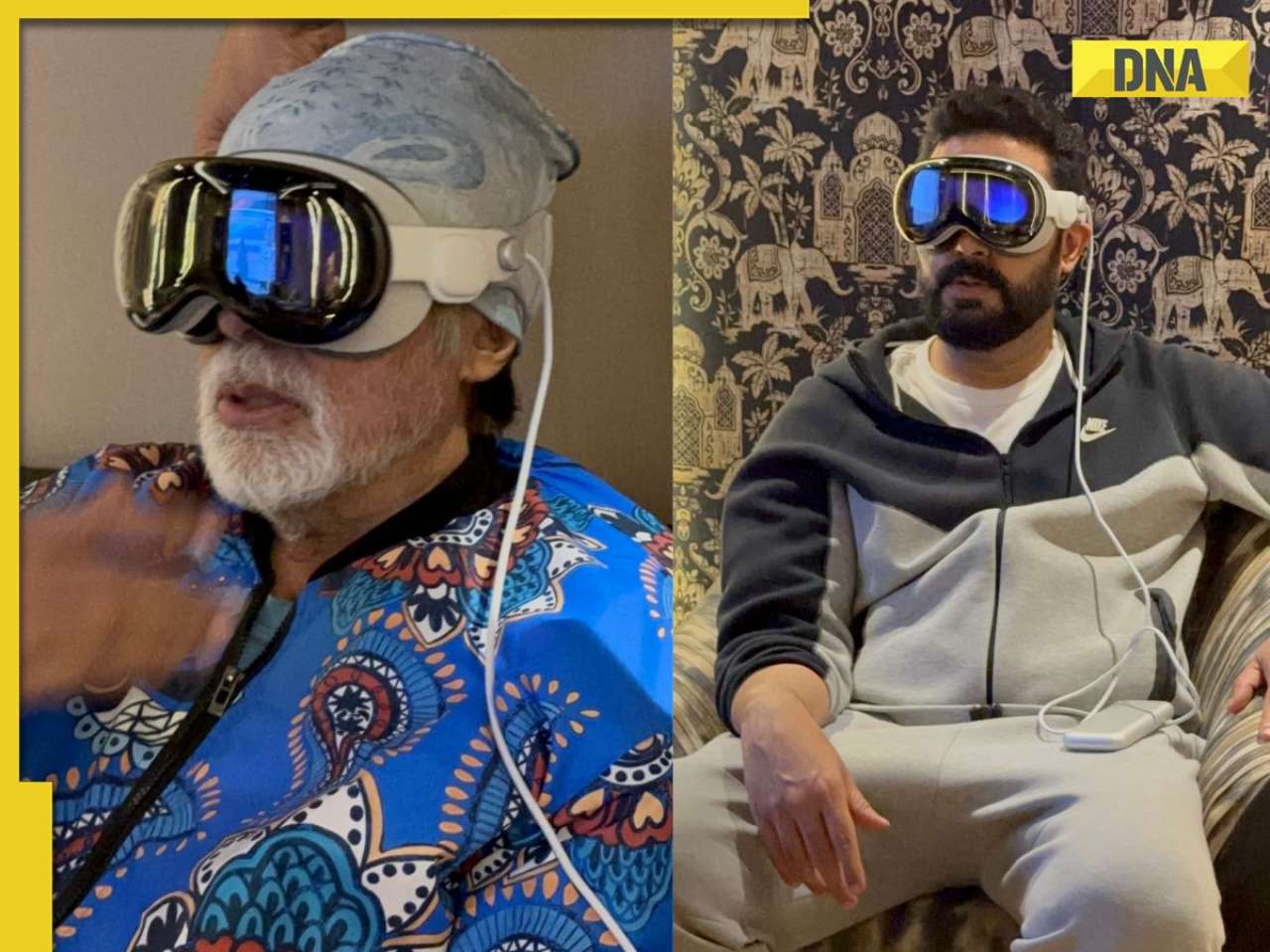




)
)
)
)
)
)